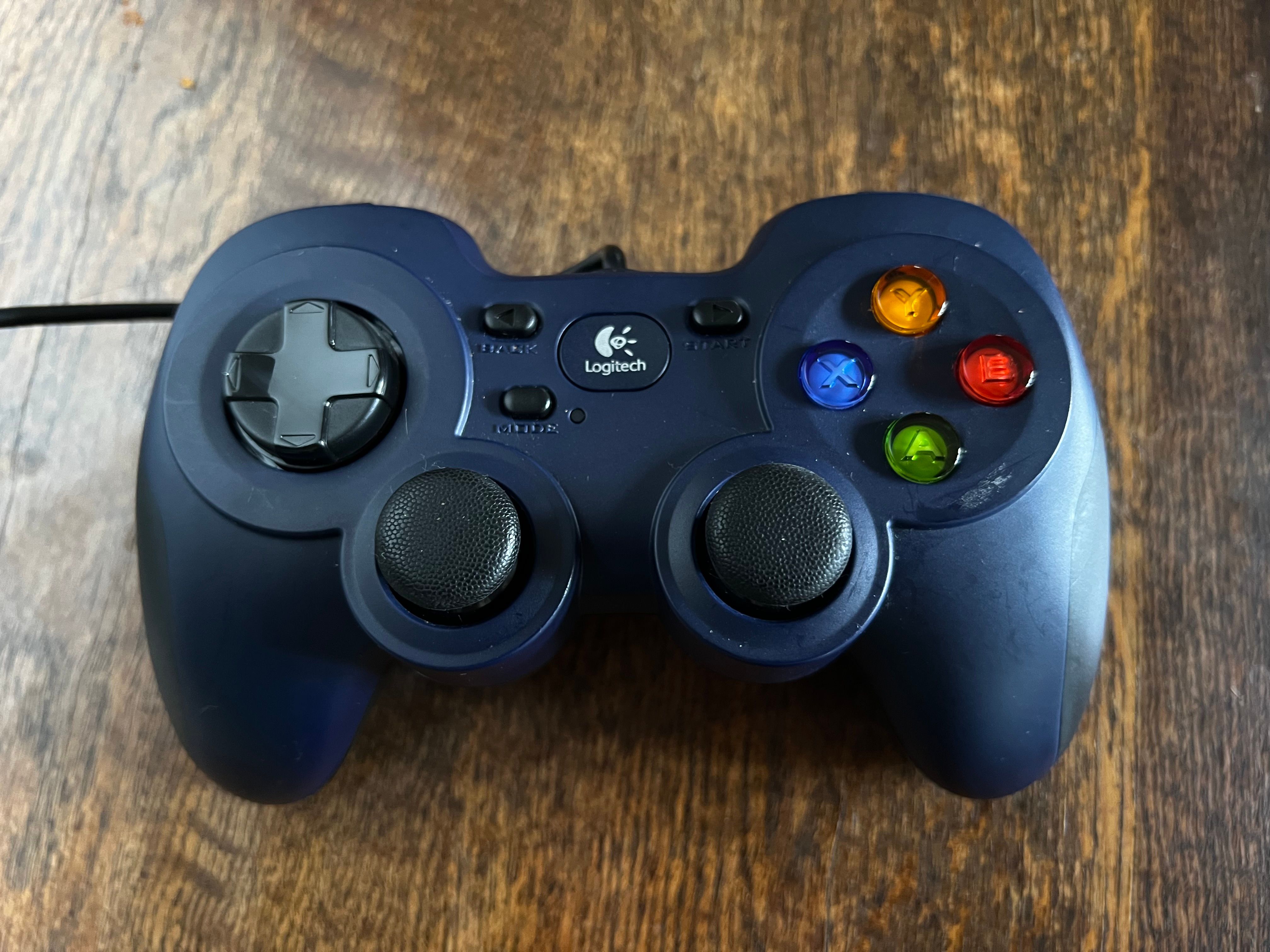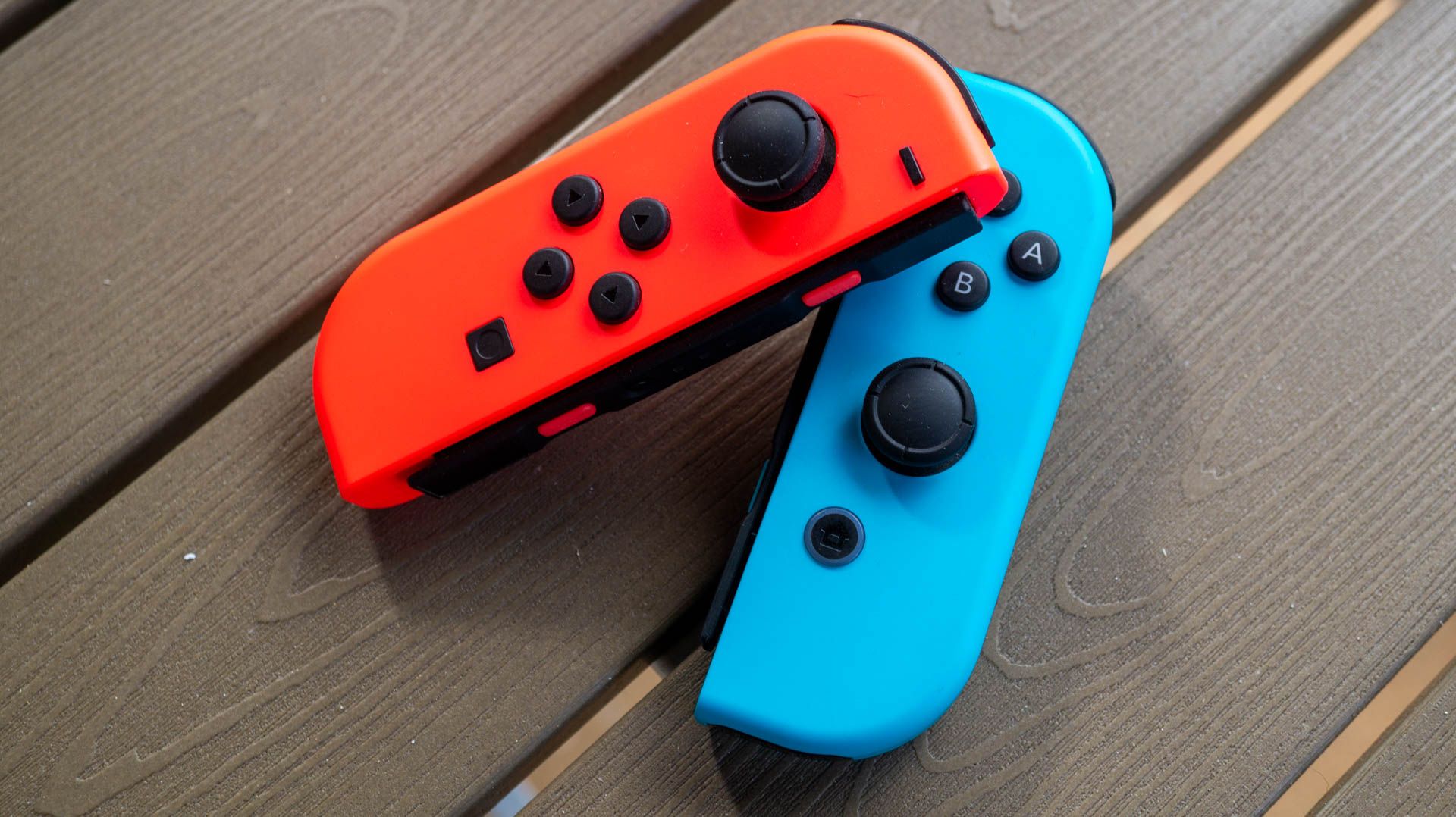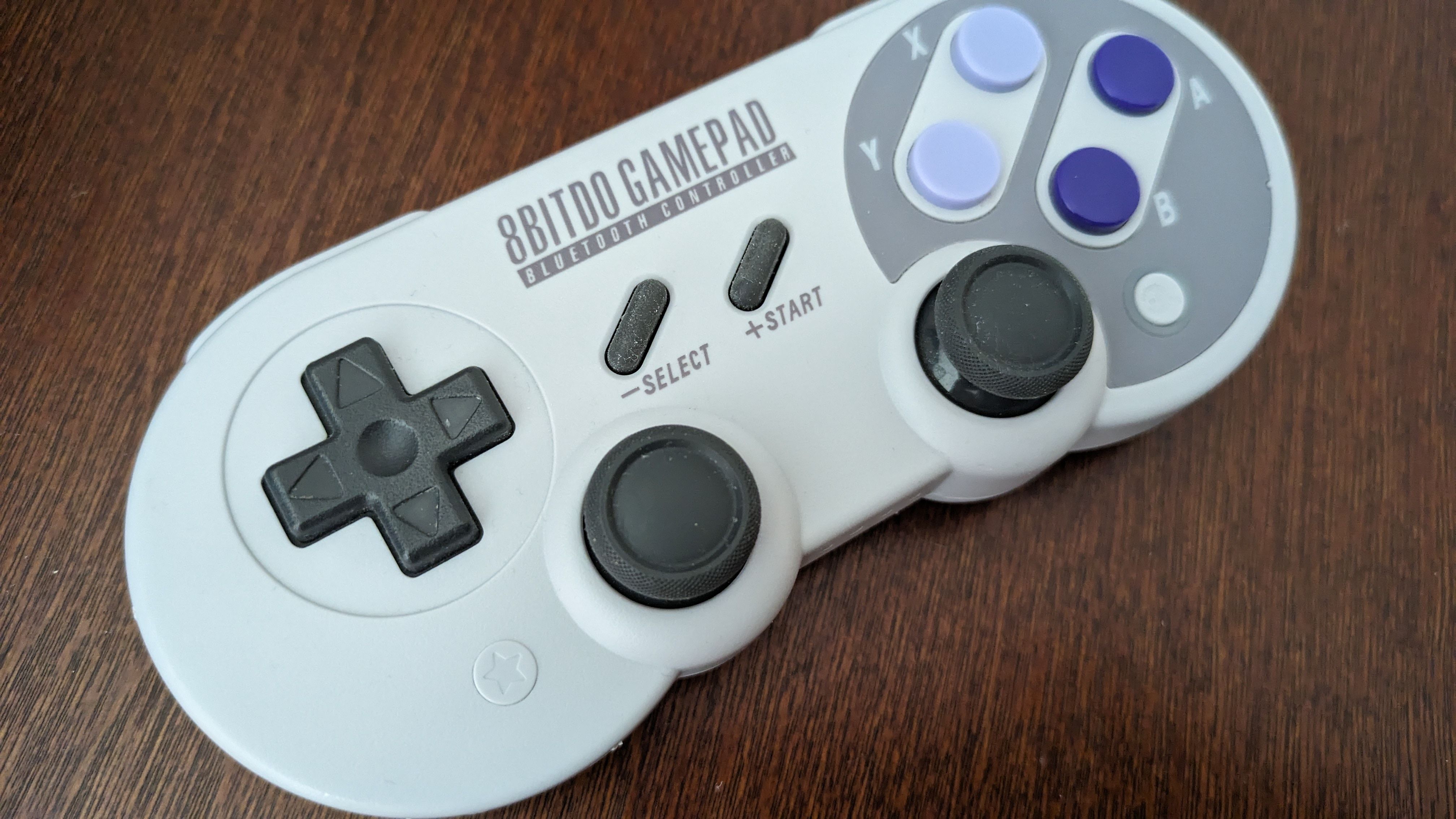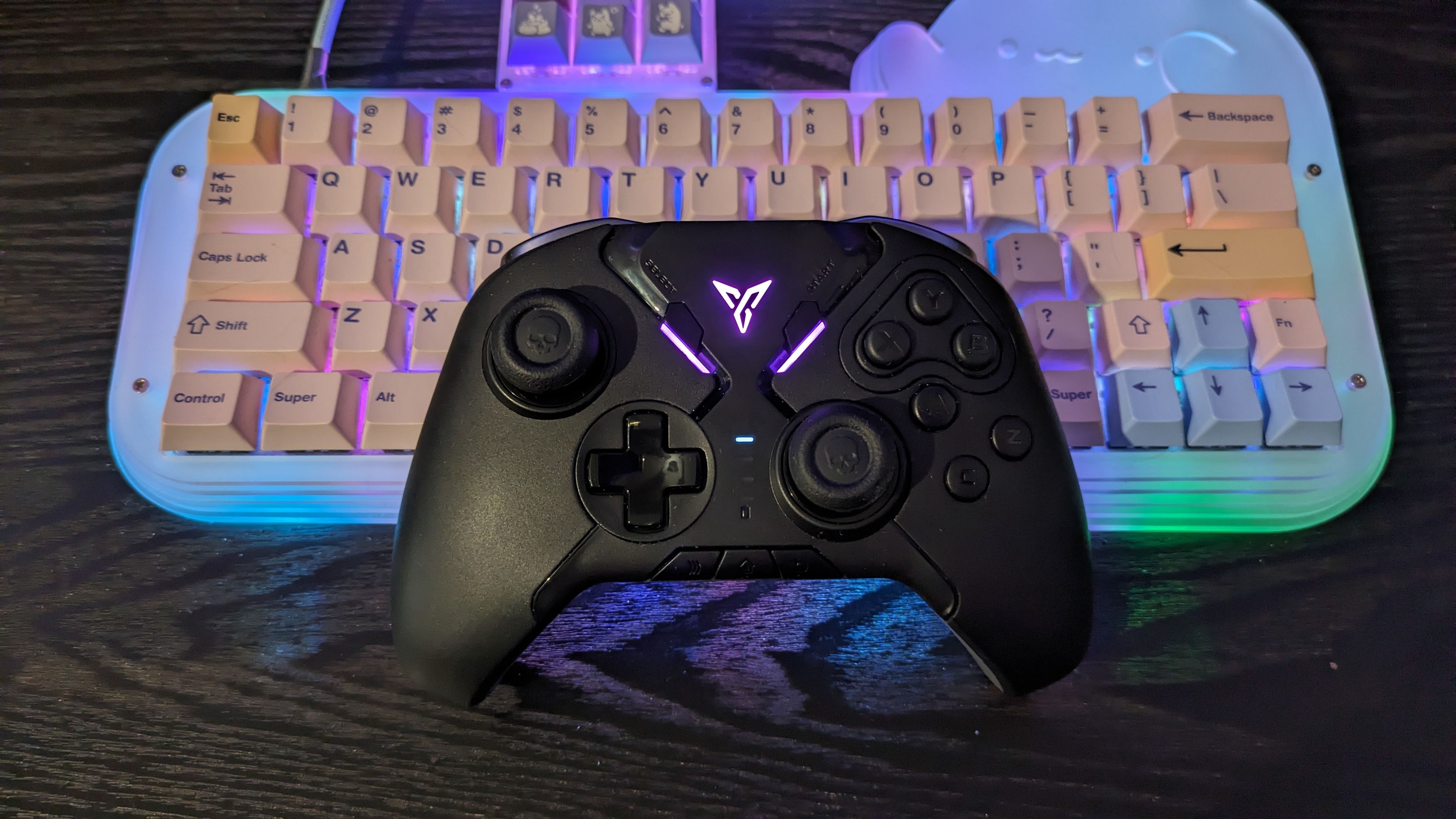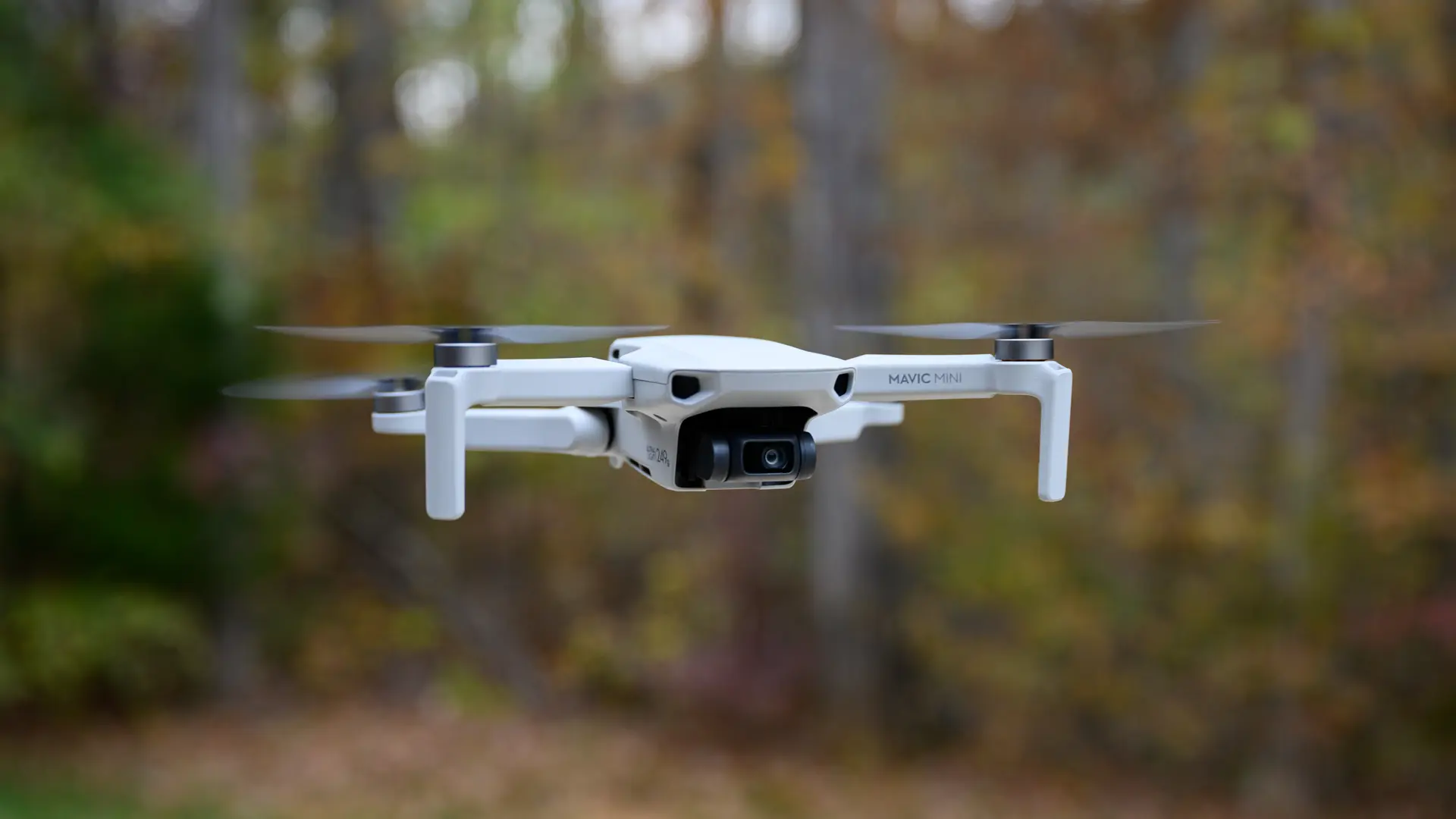Key Takeaways
- Third-party controllers have improved, with advanced features, affordable prices, and even premium options.
- First-party controller quality has been slowly declining, as shown by issues like stick drift in Nintendo’s Joy-Con.
- Not all third-party controllers are good; do thorough research and avoid sketchy cheap options.
If you’ve been gaming for a while, you probably have a story about a terrible third-party controller. But now these off-brand manufacturers are making some of the best controllers in the market today.
The Age of Bad Third-Party Controllers
Third-party controllers have developed a stigma that dates back to the 90s when home consoles hit the mainstream. Many of these controllers never worked quite right or stopped working a month after you purchased them. They were made from terrible plastic that felt horrible to play with after a few minutes, let alone over a full gaming session.
Third-party controllers have typically been seen as inferior to their full-price counterparts. First-party controllers from Nintendo, Sony, and Sega were well-made and able to withstand the rigors of long gaming sessions and the occasional toss on the ground in frustration. The only exception, in my experience, was the Nintendo 64 controller, which had a fragile design from the start.
Third-party controllers were less expensive, but this was because they were made from cheap materials. The ergonomics were sub-par and buttons stopped working far too quickly, leaving you with a hunk of plastic you couldn’t do anything with.
Even when third-party controllers offered something over the first-party competition, such as a Turbo Mode or wireless functionality, it rarely worked as intended. Even to this day, I still prefer wired controllers to wireless ones, even if “wired” means keeping a wireless controller plugged into a USB slot at all times.
Too many unfulfilled promises of minimal input lag, long battery life, and perfect Bluetooth connectivity with proprietary dongles have me unconvinced. I’d rather deal with a long wire rather than my DualSense running out of battery at a pivotal point in my game (even if you do get warning from the console to plug in).
Essentially, controllers used to be a “you get what you pay for” situation. You had to pay a bit more for a first-party controller, but it was going to last longer and work better than a third-party one, making it the better purchase in the long term. You would just have to hope that whoever was buying the controllers saw it the same way, so you wouldn’t get stuck with an awkward Mad Catz controller where the Y button would only work half of the time.
First-Party Standards are Slipping (and Prices Are Rising)
If you’ve had a lot of bad experiences with third-party controllers, you may have been like me and sworn them off for good. Only the makers of the consoles could understand what needed to go into making a proper controller, or so I thought.
First-party controllers being the best use of your money is no longer a guarantee. The best example that standards have slipped is the epidemic of stick drift on Nintendo Switch Joy-Cons. This problem is so common that Nintendo offers repairs for free. To add insult to injury, Joy-Cons only came in pairs and cost $80, which is a high price for a set of controllers with such a high failure rate.
While Sony’s PS5 DualSense and Microsoft’s Xbox Core Controller perform better overall than the Joy-Cons, the prices for these accessories have crept up over the years. At some point, it becomes hard to justify the steep price. The DualSense retails at $70 for the standard white controller, while specific colors get an additional price hike. Xbox Core Controllers retail at $65 and are very basic in terms of the features you get. In other words, you no longer get what you pay for.
Some of the Best Controllers are Third-Party Now
Third-party controllers, meanwhile, have gotten better and better with each console generation. There is now a wide variety of third-party controllers, all at different price points to satisfy any gamer’s needs. For example, 8BitDo offers some of the best retro-style controller experiences, with modern amenities like joysticks built in, all at a budget price. As older first-party controllers and consoles break down with age and emulation rises in popularity, controllers like the SN30 Pro will make their way into many gamers’ hardware collections.
Even putting price aside, many quality third-party controllers have features that are not available in most first-party controllers. Take hall effect joysticks and triggers, for instance, which are available in many modern third-party controllers. This input method uses electromagnets to sense input, rather than moving metallic parts that are susceptible to stick drift.
The only first-party controller to take advantage of this technology is the Xbox Elite Series 2 controller, and that is only for the triggers. Considering that a budget-friendly controller like the GameSir T4 Cyclone Pro offers hall effect sticks and triggers, it makes the $180 price point of the Elite Series 2 a lot harder to swallow.
FLYDIGI‘s Vader 3 Pro is another great example of a quality third-party controller. It’s around the same price point as first-party controllers, but you get a lot more bang for your buck. In addition to hall effect joysticks and triggers, you get two extra face buttons, four customizable paddles on the back, custom vibration levels, and more. Finally, if you have Elite Series 2 controller money to spend, it’s better to look at SCUF and its fully customizable, premium controllers.
These third-party companies are also leagues ahead in terms of accessibility. As I’ve gotten older, my job being at a computer all day coupled with gaming put a lot of strain on my wrists and hands, and it eventually became tougher to use the Xbox Core Controller due to its size and how far the triggers needed to be pressed to actuate.
After some research and asking friends for recommendations, I eventually settled on the FlyDigi Apex 2. This smaller controller has a slew of extra buttons and, most importantly for me, triggers that only need to be lightly pressed to actuate. Coupled with assigning some of the extra buttons to actions like L3 and R3 (which normally require pressing down on the analog sticks), the amount of hand strain I experience playing games has been reduced significantly.
The ability to customize controllers and remap buttons is huge in terms of accessibility, but it’s something missing in most first-party gaming controllers, with the exception of the Xbox Adaptive Controller. You normally have to go third-party if you want to be able to customize your inputs or make your gaming experience more comfortable.
Steer Clear of the Cheapest and Nastiest Controllers
With that said, not every third-party controller is great. Amazon is full of listings of no-name controllers offering what looks to be a great experience on the cheap, until you unbox it and realize your mistake. Be careful when buying controllers from sites like AliExpress and Wish since it’s harder to verify what kind of item you’re getting (or if it’s the genuine article).
If you’re going third-party, be sure to do your research, ask your gamer friends, and understand what’s most important to you in a game controller before making a purchase. Why not check out some of our favorite controllers for inspiration?

